
The Singleton Environment Centre features wildlife and ways of growing food for our tables.
We do not use insecticides, pesticides or chemical fertilizers. Our plants have to live alongside the wildlife.
We like to encourage birds, butterflies and bees. It is their food, too.
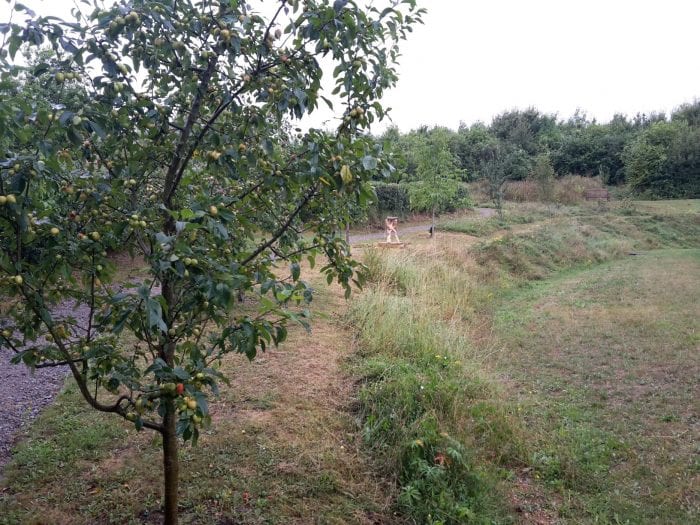
The sweeping path going around the small pond is lined with fruit trees and fruit bushes. Look out for:
At the front entrance of the car park there is a medlar tree. The perimeter hedgerow trees have fruit, too. Fruits and nuts grow on the seven trees on the central path between the bird-feeders, passed the bird-bath and up the slope towards the bench. Many have identification labels.
The trees are:
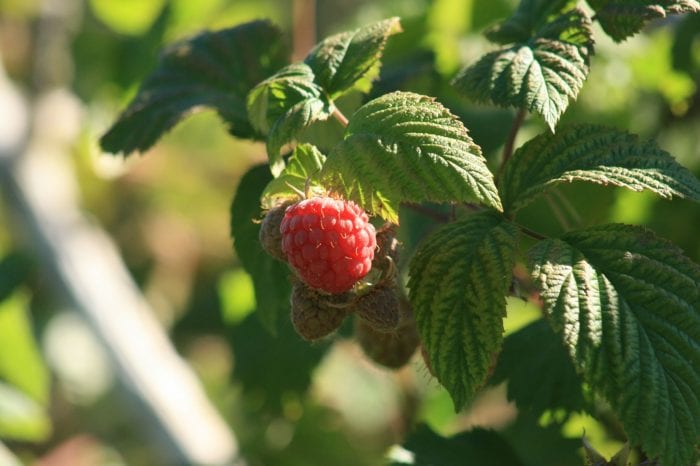
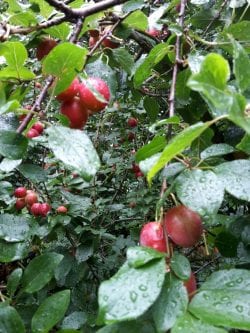
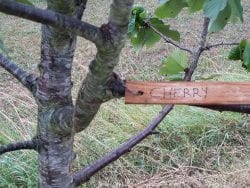
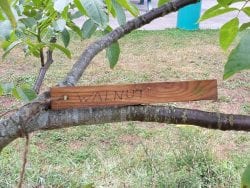
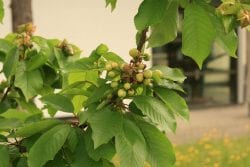
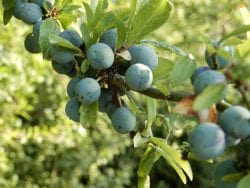
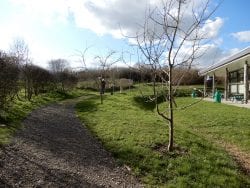
The small allotment beds have been used to grown food crops such as beans and sweet corn. Nearby is a bottle-house which provides shelter for seedlings to grow. There is also a compost area which receives the suitable waste from the Footpints Cafe.
Look for:
January 2019 Allotment beds
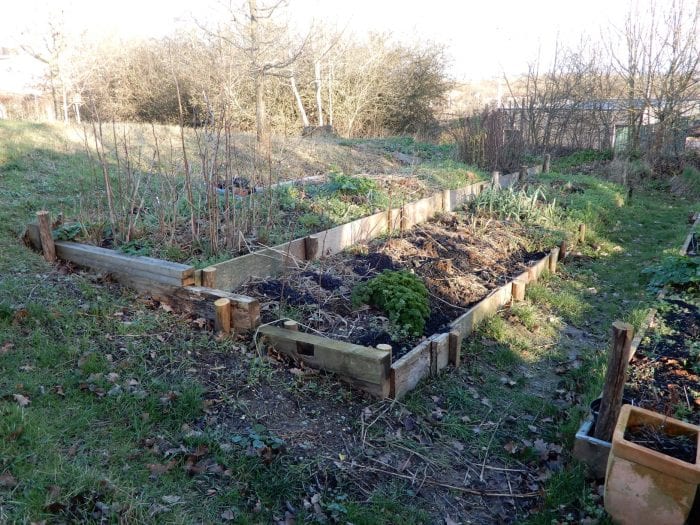
April 2021 Allotment beds
Our allotment upgrade with new raised beds is well on it’s way to completion. Thanks to the team at Blossoms of Hope and the grant from Frank Brake Community Fund and Kent Community Foundation.
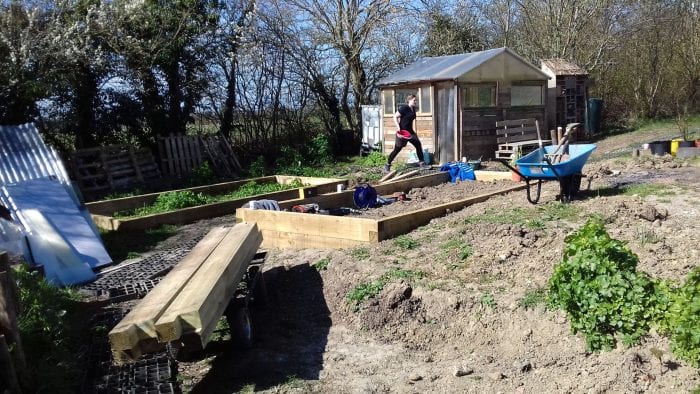
January 2023 – a new chapter
See this information on 2023 and what happens next >
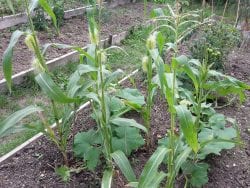
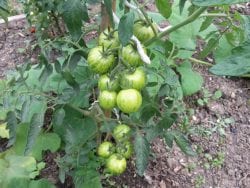
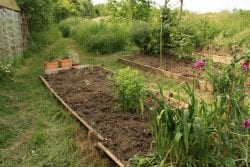
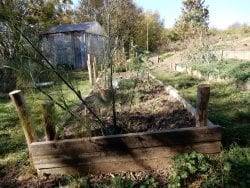
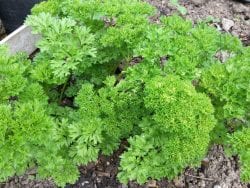
The raised beds to the right as you stand at the front entrance include wild strawberries, lavendar and a small buddleia bush which is the “bar no butterfly can pass.”
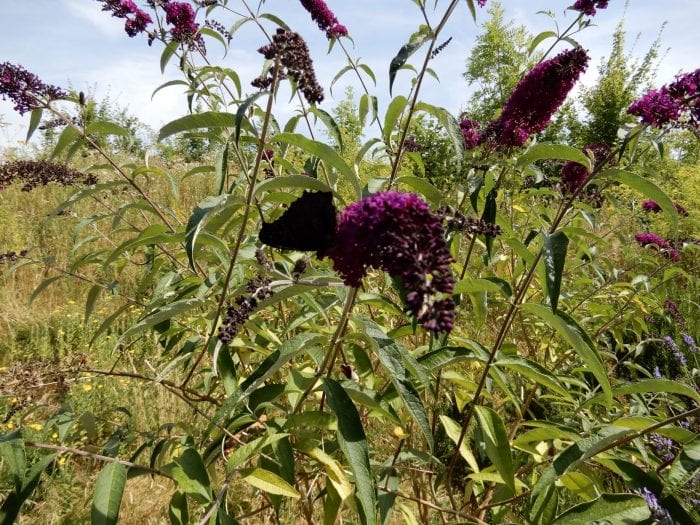
By 2023 it was time to review the raised beds. The wooden frame had rotted away and it had become overgrown. It has been planned to upgrade this area to a Resilence Garden but first we must raise some funds to pay for it. Volunteers have started to prepare the area.
Read more here Resilience Garden >
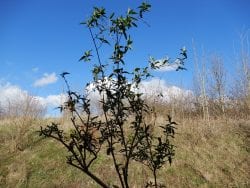
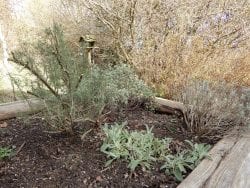
By the entrance a range of pots grow different herbs.
Have a smell and taste of:
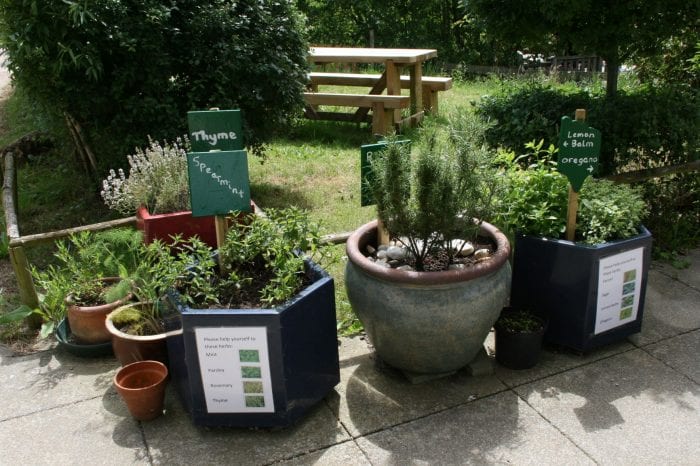
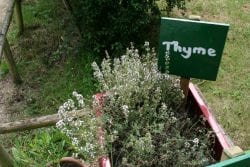
Numerous people have helped with the grounds over the years and continue to do so.